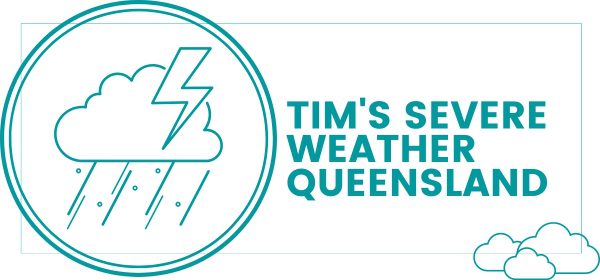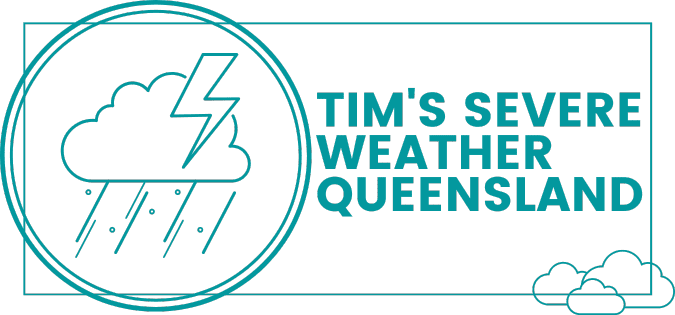-
Visit The Weather Chaser For Recent Rainfall Maps
-
Visit BOM Australian Recent and historical rainfall maps
What Are Recent Rainfall Maps & Observations?
Explore the latest rainfall maps and observations for Queensland, New South Wales, Victoria, Tasmania, ACT, South Australia, Western Australia and Northern Territory. Stay informed with up-to-date rainfall data and forecasts.
Recent rainfall maps and observations are vital tools for understanding weather patterns and their impact on our environment. In Queensland and New South Wales (NSW), these resources provide crucial information for various sectors, including agriculture, water management, and urban planning.
Importance of Rainfall Maps & Observations
Rainfall maps and observations help us understand the distribution and intensity of rainfall across different regions. This information is essential for farmers, water managers, and urban planners to make informed decisions about water usage, crop planning, and infrastructure development.
How Rainfall Maps are Generated
Rainfall maps are generated using data from weather stations, satellites, and radar systems. These tools collect data on precipitation levels, which are then used to create detailed maps showing rainfall patterns and amounts.
Interpreting Rainfall Maps & Observations
Interpreting rainfall maps involves understanding the different elements displayed, such as rainfall amounts, patterns, and trends. This information can help identify areas at risk of flooding or drought and guide resource allocation.
Benefits of Rainfall Observations
Rainfall observations provide real-time data that is crucial for forecasting and emergency management. By monitoring rainfall patterns, authorities can issue warnings and prepare for potential disasters.
Where to Find Recent Rainfall Maps & Observations
Recent rainfall maps and observations can be found on various websites, including our website, Tim’s Severe Weather, and the Bureau of Meteorology (BOM) website, which provides up-to-date information for Queensland and NSW.
FAQ
What are rainfall maps? Rainfall maps display the distribution and intensity of rainfall across a specific area. They are used to track weather patterns and predict future rainfall.
How often are rainfall maps updated? Rainfall maps are typically updated regularly, depending on the source. Some maps are updated hourly, while others may be updated daily or weekly.
Are rainfall maps accurate? Rainfall maps are based on data from weather stations, satellites, and radar systems, making them generally accurate. However, they may not always reflect local conditions accurately.
How are rainfall observations collected? Rainfall observations are collected using rain gauges, weather stations, satellites, and radar systems. These tools measure precipitation levels and provide data for rainfall maps.
Can I use rainfall maps for gardening? Yes, rainfall maps can help you plan your gardening activities by providing information on expected rainfall in your area.
Do rainfall maps predict future rainfall? Rainfall maps are used to track current weather patterns and predict future rainfall. While they can provide valuable insights, they are not always 100% accurate in predicting future weather conditions.
What is the difference between rainfall maps and radar? Rainfall maps show historical and current rainfall data, while radar provides real-time information on precipitation levels and weather patterns.
How can I contribute to rainfall observations? You can contribute to rainfall observations by reporting rainfall data to local authorities or participating in citizen science projects.
Advice & Actionable Tips
- Stay updated with the latest rainfall maps and observations to make informed decisions.
- Use rainfall data to plan outdoor activities and manage water usage effectively.


